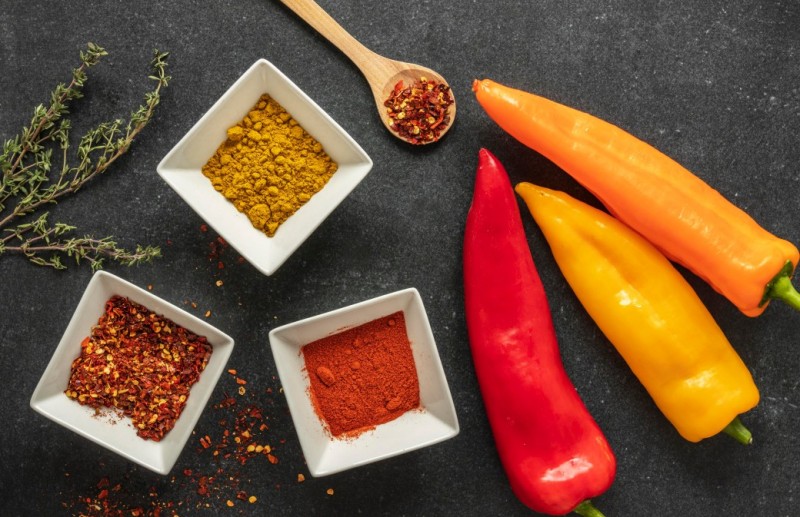
Pepper grading is a critical process in the spice industry, essential for maintaining quality and meeting consumer expectations worldwide. This meticulous process involves evaluating several key factors to categorize pepper into different grades based on industry standards. Here’s a comprehensive look at how pepper is graded and why this process is crucial for ensuring top-quality spice production.
1. Color and Maturity Assessment
Pepper grading begins with evaluating the color and maturity of the peppercorns. For black pepper, which is the most common type, uniform dark brown to black coloration indicates maturity and quality. Green pepper, less mature and harvested earlier, displays a lighter green hue. The consistency and intensity of the color are critical indicators of pepper's grade, reflecting its readiness for harvest and processing.
2. Size Consistency
Size plays a significant role in pepper grading. Larger peppercorns are generally preferred as they often signify better quality and flavor intensity. Grading by size ensures uniformity within batches, facilitating standardized packaging and culinary applications. This criterion helps producers meet market demands for both appearance and perceived value.
3. Density and Oil Content
Pepper's density, correlated with its oil content, is another factor in grading. Denser peppercorns tend to have higher oil content, which contributes to their intense flavor and aroma. Grading based on density ensures that peppercorns with optimal oil levels are selected, enhancing the overall quality and marketability of the product.
4. Processing Methods and Quality Control
The method used to process pepper significantly influences its grade. Careful processing techniques that preserve natural oils and flavors result in higher-quality peppercorns. Conversely, inadequate processing can lead to loss of flavor and essential oils, lowering the grade and market value. Quality control measures during processing are crucial to identify and remove defective peppercorns, ensuring that only pristine products reach consumers.
5. Defects and Foreign Matter
Pepper is meticulously inspected for defects such as mold, discoloration, or physical damage, which can downgrade its quality. Additionally, foreign matter like stones, husks, or other contaminants must be removed to meet hygiene and safety standards. Stringent quality checks during grading minimize these issues, maintaining pepper's integrity and ensuring consumer satisfaction.
In conclusion, pepper grading is a meticulous process essential for upholding quality standards in spice production. By evaluating color, size, density, processing methods, defects, and sensory attributes, producers ensure that each batch of pepper meets stringent industry criteria. This commitment to quality not only enhances consumer satisfaction but also strengthens market competitiveness. As global demand for premium spices grows, accurate and consistent grading practices remain fundamental to delivering exceptional pepper products worldwide.
Post time: Oct-14-2024
